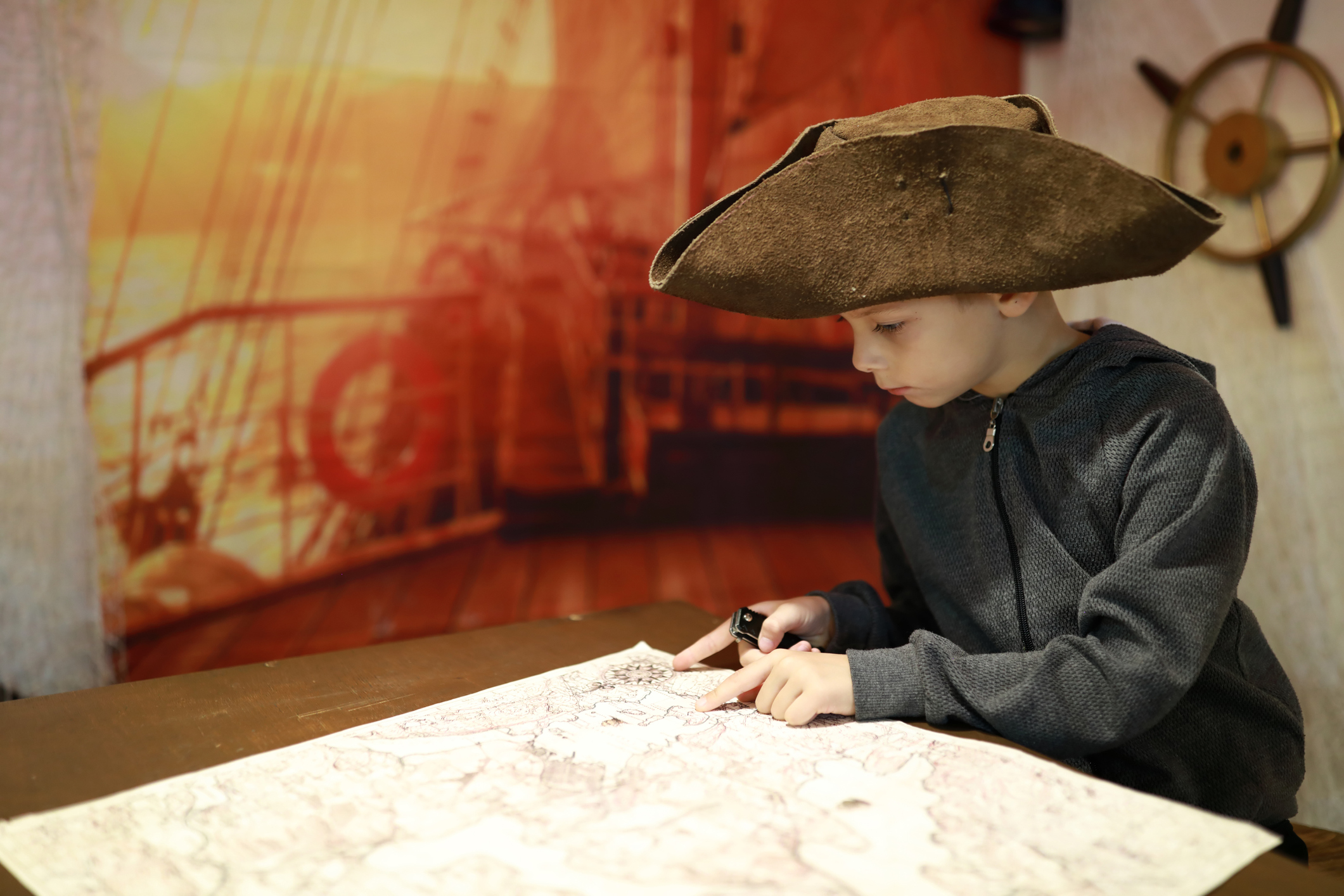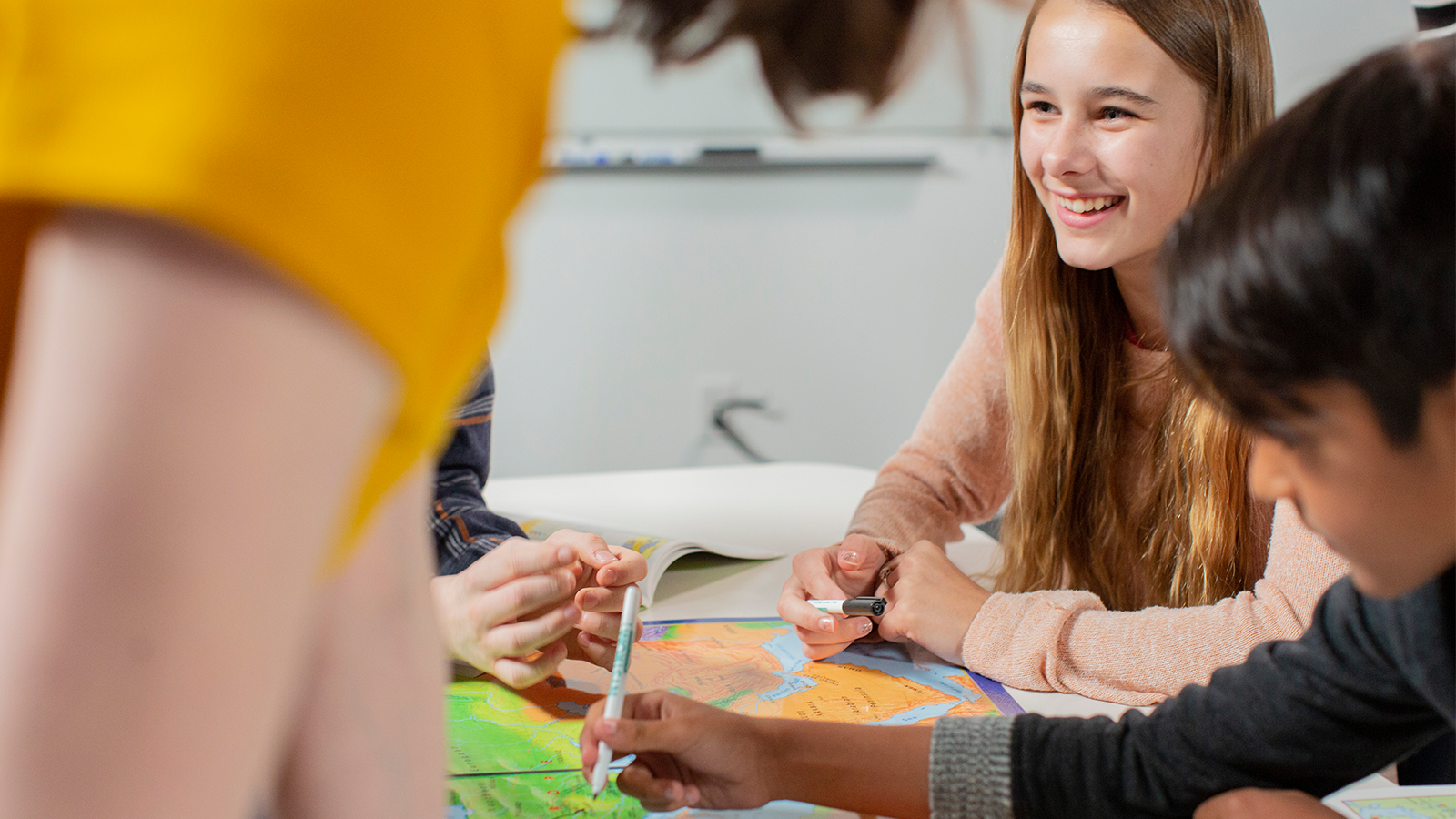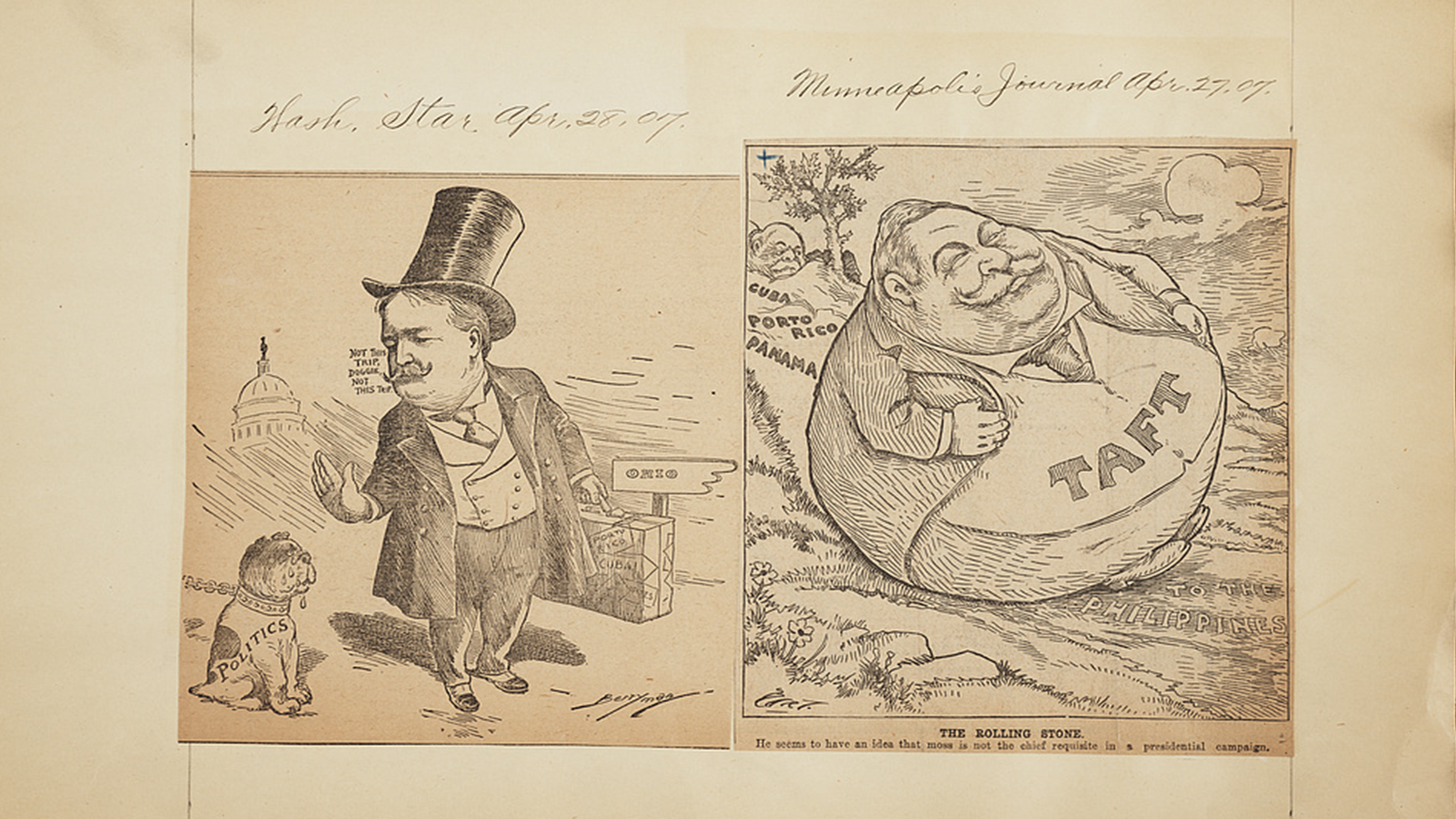Stay Up To Date

Transforming Social Studies: The Power of Simulations to Ignite Student Engagement
Do your social studies classes need more spark to captivate your students’ attention? Are traditional teaching methods falling short of fostering genuine interest in historical events and civic concepts? Fear not, as we unveil an innovative approach that not only educates, but captivates – teaching social studies through simulations.

How Simulation-Based Learning Can Enhance Your Social Studies Curriculum
Simulation-based learning involves using simulated or immersive environments to facilitate learning and skill development.

Modern Youth Taking Action and How to Inspire Your Students to Do the Same
A key part of the C3 inquiry process and social studies curriculum is teaching students how to take informed action.

Brain Stimulation through Learning Simulations
One of my favorite memories from when I was a fourth-grade student was the day our teacher put us into groups and let us play in the sand.

Social Studies Never Tasted So Good
When I taught first grade, a small grant allowed me to get funding to buy a hot plate, griddle, measuring utensils, pots, knives, bowls, cutting boards, and other necessities to introduce my students to flavors and aromas unknown to their senses.

4 Steps to Integrating a Geographic Lens in World History
Many students have trouble understanding the geographic context of United States history even though they can often relate the themes to their lives.

Symbol Scavenger Hunt: Hands-on Activities for Political Cartoon Analysis
Interpreting political cartoons can be a real challenge for many students in the classroom.

An Easy Guide for Teachers to Start Connecting With Their Students
How often do you step away from your social studies curriculum to get to know your students? Once a week? Once a month? Do you ever make specific plans or set aside specific time in your lessons to build meaningful, appropriate relationships with your kids?

The Power of Guided Play through a Narrative in the PreK Classroom
Young children understand stories and love to have books read to them often to the point that they memorize and can recite a favorite story from memory.